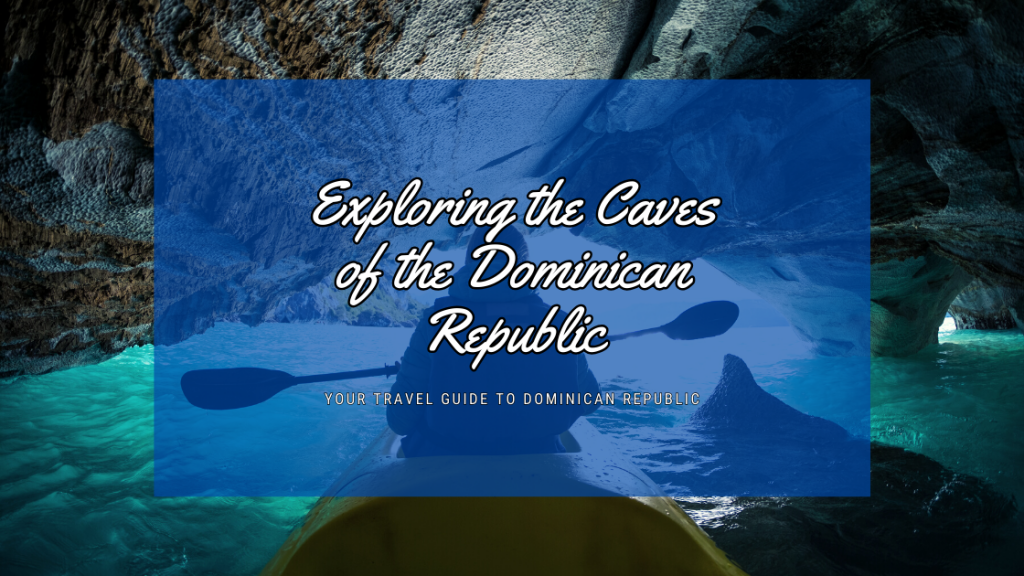The Dominican Republic, often celebrated for its pristine beaches and vibrant culture, is also a haven for wildlife enthusiasts. With its diverse ecosystems, from lush rainforests to sprawling wetlands, the country offers a unique opportunity to witness some of the Caribbean’s most fascinating creatures. If you’re eager to dive into the world of DR wildlife and discover the incredible animals in the Dominican Republic, this guide is for you!
A Land of Biodiversity: The Dominican Republic’s Natural Treasures:
The Dominican Republic is a biodiversity hotspot. Its geographical location, combined with varied landscapes, has resulted in a rich tapestry of habitats. These range from the cloud forests of the Cordillera Central to the arid landscapes of the Enriquillo Basin. Each region boasts its own set of unique species, making the DR a must-visit for every nature enthusiast.
Birdwatcher’s Delight: Feathered Friends of the DR:
For ornithologists and casual birdwatchers alike, the Dominican Republic is a dream destination. Home to over 300 bird species, including the vibrant Hispaniolan trogon and the rare Ridgway’s hawk, the country offers a visual treat. The Eastern National Park and the Cordillera Central are particularly popular among birdwatchers. Don’t forget to pack your binoculars and a good bird guidebook!
Majestic Mammals: From Bats to Manatees:
While birds might steal the limelight, the animals in the Dominican Republic also include a range of intriguing mammals. The Samaná Peninsula, for instance, is a hotspot for humpback whale watching between January and March. The country’s caves and forests are home to various bat species, while the coastal areas often see the gentle West Indian manatee gliding through the waters.
Reptiles and Amphibians: A Herpetologist’s Dream:
The Dominican Republic’s warm climate and varied habitats make it a haven for reptiles and amphibians. From the critically endangered Ricord’s iguana to the vibrant Hispaniolan green tree frog, there’s no shortage of cold-blooded creatures to admire. The Jaragua National Park, in particular, is a hotspot for herpetology enthusiasts.
Marine Life Extravaganza: Beneath the Waves:
The waters surrounding the Dominican Republic are teeming with life. Coral reefs, seagrass beds, and mangroves provide shelter and sustenance to a plethora of marine creatures. Snorkelers can expect to see colorful fish, graceful rays, and even the occasional sea turtle. For a more immersive experience, consider diving in spots like La Caleta Underwater National Park.
Conservation Efforts: Protecting the DR’s Natural Heritage:
While the Dominican Republic is rich in wildlife, it’s essential to acknowledge the conservation challenges faced by many species. Habitat loss, pollution, and climate change are pressing concerns. However, numerous local and international organizations are working tirelessly to protect the DR’s natural heritage. As a traveler, you can support these efforts by choosing eco-friendly accommodations, participating in responsible wildlife tours, and raising awareness about the importance of conservation.
Tips for Wildlife Watching in the DR:
1. Best Time to Visit: While the Dominican Republic is a year-round destination, certain seasons are better for specific wildlife sightings. For instance, humpback whales are best spotted between January and March.
2. Gear Up: Equip yourself with a good pair of binoculars, a wildlife guidebook, and comfortable clothing.
3. Respect Nature: Always maintain a safe distance from wild animals and avoid feeding or disturbing them. Remember, you’re in their home!
Conclusion:
The Dominican Republic, with its rich tapestry of flora and fauna, offers a wildlife-watching experience like no other. Whether you’re gazing at a rare bird, spotting a humpback whale, or simply soaking in the natural beauty, the DR promises memories that will last a lifetime. So, pack your bags, and embark on a wild adventure in this Caribbean gem!




